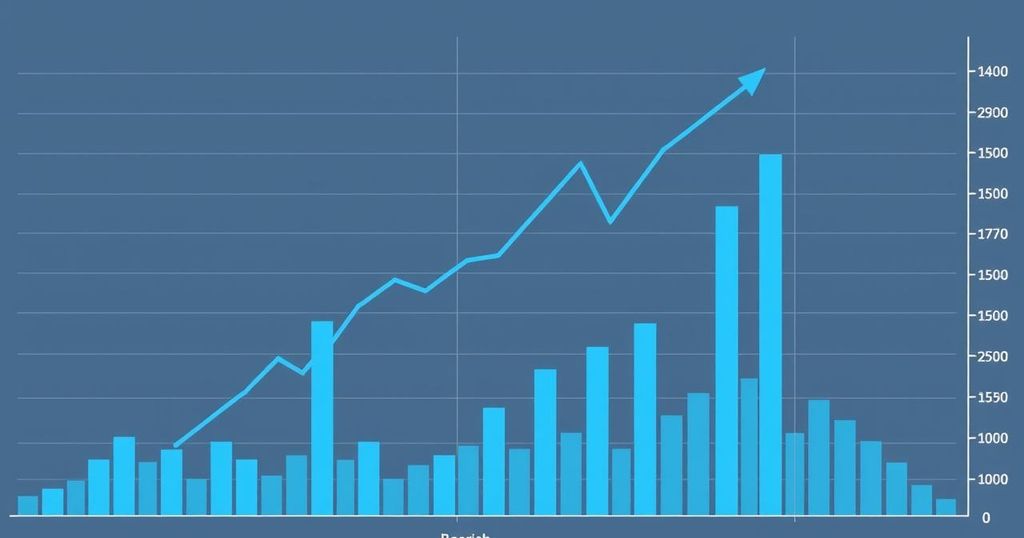Three Reasons Why Polkadot May Experience an XRP-Like Surge
Polkadot (DOT) has moved significantly down the crypto rankings amidst a three-year price consolidation. However, three factors may contribute to a potential price surge: the possibility of SEC approval for a spot ETF, the introduction of the Joint-Accumulate Machine (JAM) as part of Polkadot 2.0, and robust technical indicators signaling accumulation.
Polkadot (DOT) has been experiencing a prolonged period of underperformance, remaining in a three-year consolidation phase with prices fluctuating between $3.85 and $11.7. This stagnation has led to a decline in its market ranking, dropping from a top ten position in 2021 to the 22nd largest cryptocurrency. The emergence of newer cryptocurrencies such as Hyperliquid (HYPE), Sui (SUI), and Toncoin (TON) has further overshadowed Polkadot’s presence in the market. Nevertheless, there are three significant reasons that may suggest an impending surge in Polkadot’s price, similar to the recent performance of Ripple (XRP).
One primary catalyst for a potential price increase in Polkadot is the possibility of the Securities and Exchange Commission (SEC) approving a spot DOT ETF. The recent filing by 21Shares could indicate that the SEC is becoming more favorable towards the cryptocurrency sector, especially under the Trump administration. An expedited approval process for spot ETFs would provide greater exposure to institutional investors on Wall Street, thus invigorating Polkadot’s price as it currently hovers near its all-time lows.
Another reason supporting a potential price surge for Polkadot is the migration to the Joint-Accumulate Machine (JAM), which forms part of the Polkadot 2.0 initiative. This enhancement aims to integrate the strengths of both Polkadot and Ethereum while eventually replacing the Relay Chain. The JAM upgrade seeks to mitigate previous challenges associated with high parachain costs, isolation of parachains, and the limited opportunities in parachain auctions, thereby facilitating easier application development for developers.
Additionally, Polkadot’s strong technical indicators may drive its price upward over time. The price chart illustrates that DOT has remained confined between support at $3.85 and resistance at $11.71 for the past three years, recently testing the lower boundaries of this range. This consolidation pattern is akin to the previous situation with XRP, which has recently experienced a notable surge. This trend indicates a potential accumulation phase, as described in the Wyckoff Theory, characterized by increased demand relative to supply, signaling possible future price increases.
A successful breakout above the resistance level could pave the way for significant gains, with an initial target projected at $23.5, representing a potential increase of approximately 365% from current levels.
In summary, Polkadot’s potential to exit its consolidation phase is supported by several compelling factors, including possible SEC approval for a spot ETF, advancements through the JAM upgrade, and favorable technical indicators. As the cryptocurrency market continues to evolve, these elements may provide Polkadot with the necessary momentum to revive its position within the digital asset landscape.
In conclusion, the potential for Polkadot to break out of its prolonged consolidation phase is promising, bolstered by prospective SEC approval for a spot ETF, crucial upgrades to its infrastructure via JAM, and strong technical indicators suggesting accumulation. Should these factors align favorably, Polkadot may witness significant price appreciation akin to what has recently transpired with Ripple. Stakeholders in the cryptocurrency market should monitor these developments closely as they may greatly influence Polkadot’s future performance.
Original Source: crypto.news







Post Comment